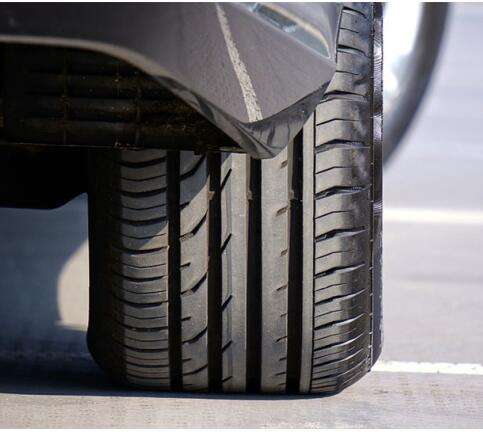

The main component of the tire is rubber, the general life of rubber products for 3 years or so, 3 years later began to appear aging phenomenon. In addition to normal aging there are other factors affecting the tire life?
Load:
If the load exceeds 20%, the tire life will be reduced by an average of 30% (from 100% to 70%).
Pressure:
If the pressure is less than 20% of the specified standard, tire life from 100% to 80%.
speed:
Assuming a tire is running at a speed of 65 km per hour for 10 years (temperature -7 to 18 degrees), when the speed is increased to 110 km, its life will be reduced to 5.5 years, that is, down 45%.
temperature:
If a tire is 80 km per hour, its life is 150% at 4 ℃, at 30 ℃ will reduce 2/3 and only 50%. In other words, wear 100 grams of rubber at 4 ° C, when the temperature increased to 30 ℃, will wear 300 grams; that is, the amount of wear will increase threefold.
Note: The relative relationship between load, pressure, speed, and temperature above, of course, means that other factors remain the same.

Speed and driving conditions:
more detours, acceleration and high braking frequency affect the tire wear. (A speed of 120 km per hour tires, wear speed is 70 km per hour tire twice).
Environment and temperature:
tire wear is also affected by the surrounding temperature.
Overload:
20% overload of the tire, life will be reduced by 30%.
Air pressure is too low:
20% less tire pressure, life expectancy decreased by about 30%.
Shock:
high-speed ran over potholes, stones and other obstacles, can cause damage to the tire, but usually can not be found in time.


